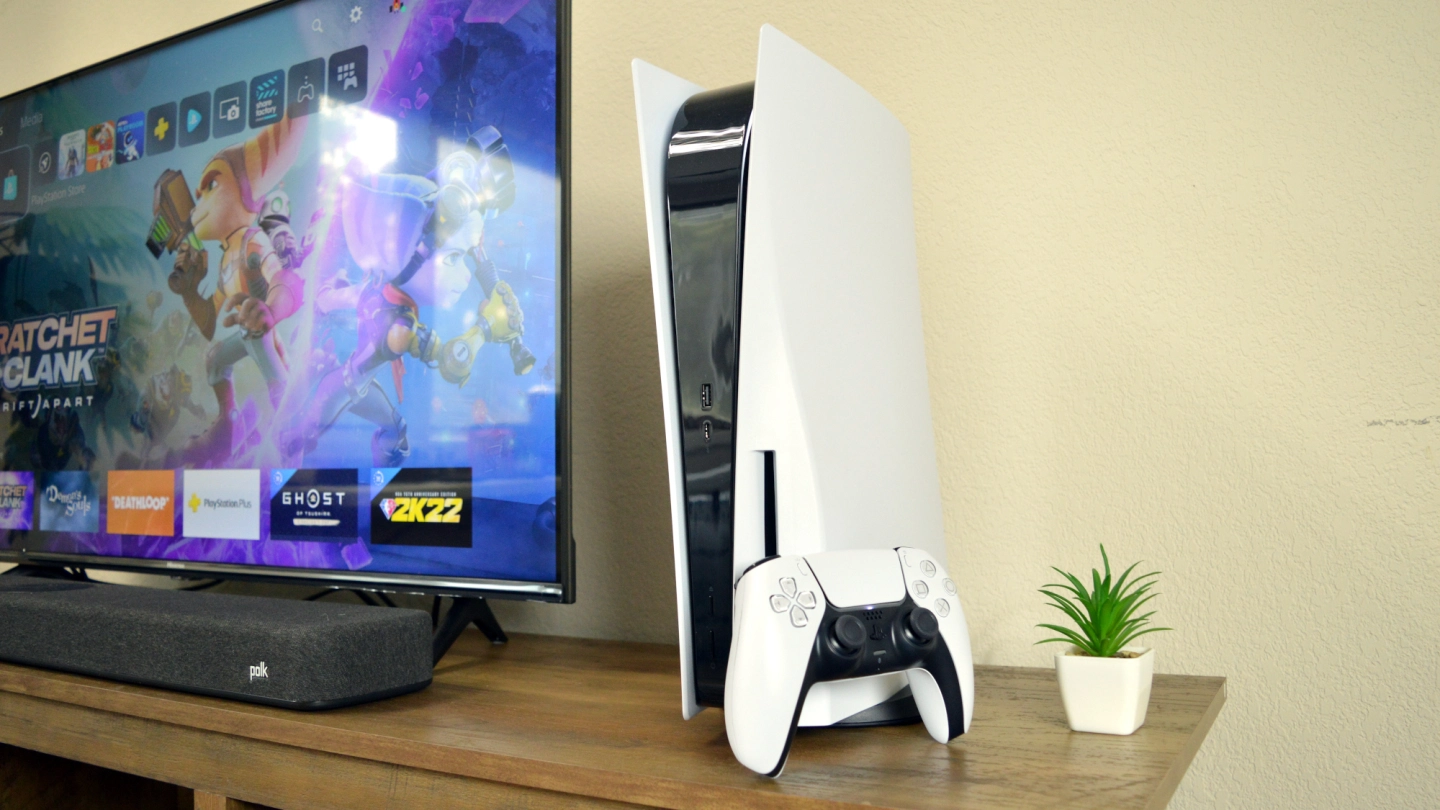Adapting SaaS applications are on the rise due to the scalability, efficiency, and customization options it offers businesses. Software as a Service (SaaS) has become popular as most businesses strive to automate or smoothen their numerous processes and operations. The significant benefits of the SaaS business model are replacing the traditional business models, leading to changes in their infrastructure requirements.
It has become a necessity now for organizations to build a robust, powerful, and scalable Saas tools application or solution. Not only will Software as a Service platform help businesses obtain higher productivity, efficient operations, and reduced costs, but it also helps customers get an interactive and engaging user experience. However, a strong, secure, and efficient SaaS application architecture is essential to create a successful web-hosted SaaS platform. Before exploring the essential components of the architecture, let us first understand the SaaS architecture.
What is SaaS Architecture?
In general terms, SaaS architecture allows users to access the software applications hosted on a remote server over the internet by paying a subscription-based fee specified by the service provider. The users can easily access and utilize the power of the SaaS applications from any device through a web browser over the internet. It will be possible to build a scalable cloud-based application leveraging the architecture of SaaS. Exceptional performance, outstanding results, and efficient operations can be obtained through impeccable Software as a Service architecture.
Opting for the SaaS architecture model, the customers can use a single application with a single configuration. This means that multiple businesses can access the same hardware, operating system, server networks, and other components. The major benefit of choosing a SaaS-based architecture is that the user or customer will not have to handle any technical issues related to the hardware, software updates, or infrastructure security. Also, some SaaS platforms allow you to only pay for the features you need.
What are the Key Components of the Architecture of SaaS?
One of the most crucial parts when developing your next Software as a Service product is determining the key components of the SaaS architecture. Although features and elements can change with respect to the market demand, users will expect some standardized key components in a SaaS application. Have a look at these key components that you should consider when designing the architecture of SaaS.
Customizable Infrastructure
A customizable infrastructure is a significant component that should be scaled up or down as per the business requirements or customer needs. Considering the easily customizable infrastructure, businesses can offer customers the freedom to choose which features or elements are beneficial and pay only for those selected components.
Subscription-Based Model
Utilizing the subscription-based billing model, it will be possible for businesses as well as customers to take maximum advantage of the application features as much as they want. You can easily extend the subscription of the SaaS software solutions as the users are charged on a monthly or annual basis.
Enhanced Security
As you need to store, maintain, and manage the sensitive data stored on a remote server of the SaaS service provider, security is of the utmost importance. Hence, you need to ensure enhanced security when designing the architecture of SaaS. Although thousands of users may share the same application database, the security measures must provide protection against data breaches and unauthorized access.
A CRM System
A CRM (Customer Relationship Management) system highlights the crucial difference between a SaaS application and other applications. The architecture of SaaS allows you to manage the user account details and data on a single repository for multiple tenants at the same time using the efficient CRM system.
Scalability
To design a powerful and appealing SaaS application, you need to consider scalability as a significant aspect. While designing the SaaS solution, you can add individual layers to handle data, algorithmic logic, and interface layers, leading your SaaS application to scale seamlessly. Having a scalable SaaS product helps your business carry out any advancements or modifications in the future.
Integration Compatibility
Integration with other third-party platforms is a necessity for every SaaS-based application or business. It would be beneficial to craft a SaaS solution with excellent integration capabilities so that you can smoothly integrate any software or platforms into existing processes without any interruption in the current functionalities and operations.
Conclusion
Hopefully, you will now better understand the architecture of SaaS and the crucial components you need to consider while developing a robust, scalable, and high-performance SaaS solution. As a business owner opting for a web-hosted solution, you should know that the stronger your SaaS application architecture is, the better user experience and performance you can offer. Empower your business with customer-centric SaaS solutions by partnering with our SaaS development company to create tailor-made web-hosted software that meets your unique business needs.
Author Bio:
Chandresh Patel is a CEO, Agile coach, and founder of Bacancy Technology. His truly entrepreneurial spirit, skillful expertise, and extensive knowledge in Agile software development services have helped the organization to achieve new heights of success. Chandresh is fronting the organization into global markets in a systematic, innovative, and collaborative way to fulfill custom software development needs and provide optimum quality.


















